Optimal Timing for Concrete Installations
Determining the optimal time for concrete installations involves considering weather conditions, temperature, and humidity. Proper timing ensures optimal curing, durability, and appearance of the concrete surface.
Concrete works best when temperatures are between 50°F and 85°F. Extreme heat or cold can affect curing and strength.
Spring and fall are often preferred for installations due to moderate weather conditions, reducing the risk of cracking or improper curing.
Avoid installation during rain, snow, or high humidity to prevent surface defects and ensure proper setting.
Scheduling installations during stable weather conditions promotes long-term durability and minimizes maintenance needs.
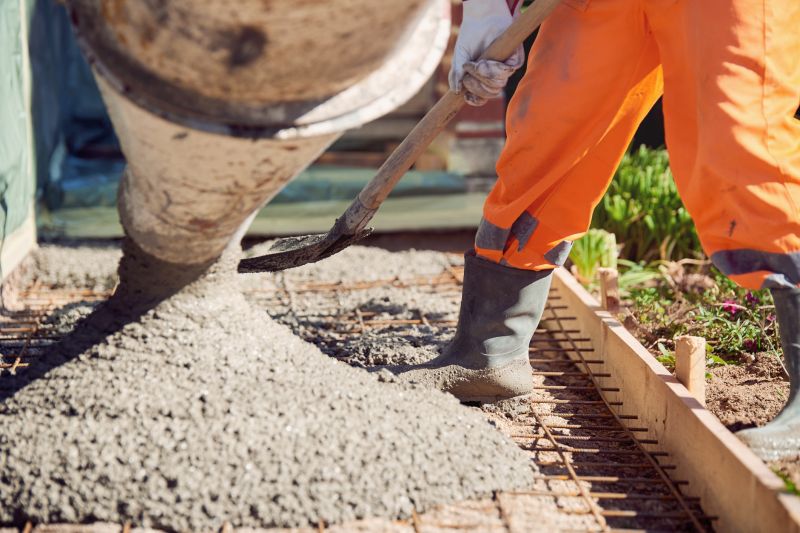
Ways to make Concrete Installations work in tight or awkward layouts.
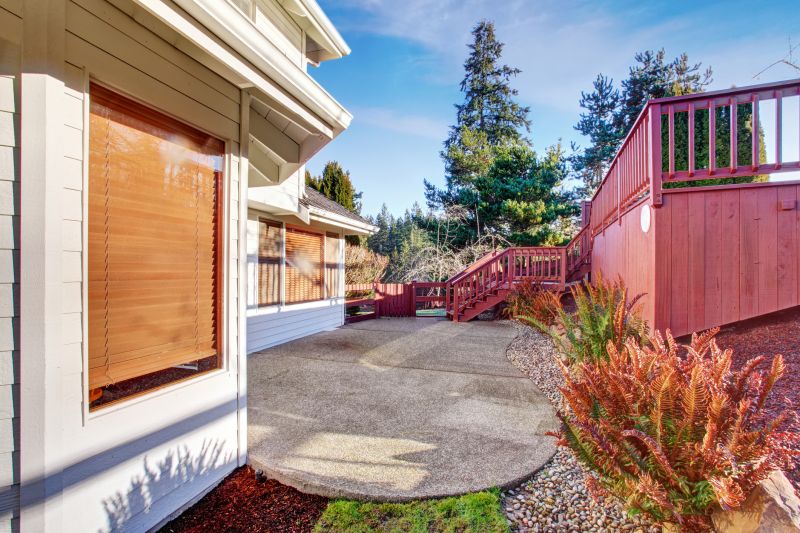
Popular materials for Concrete Installations and why they hold up over time.

Simple add-ons that improve Concrete Installations without blowing the budget.

High-end options that actually feel worth it for Concrete Installations.
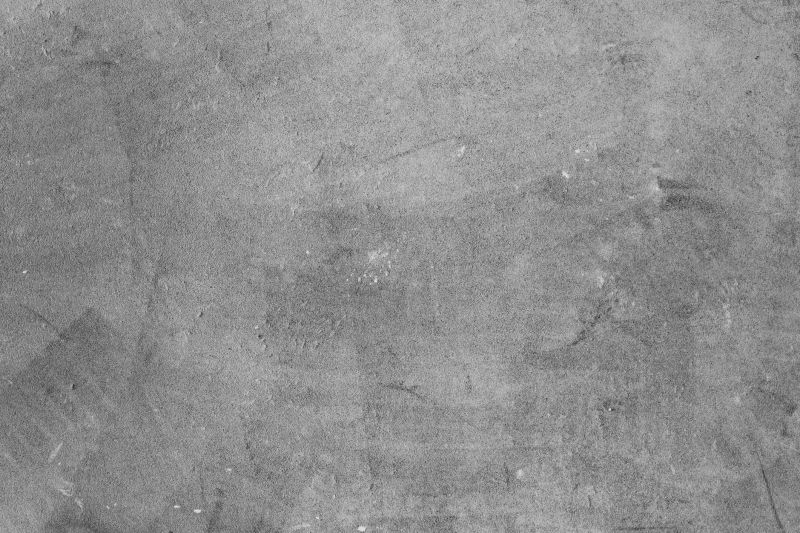
Finishes and colors that play nicely with Concrete Installations.
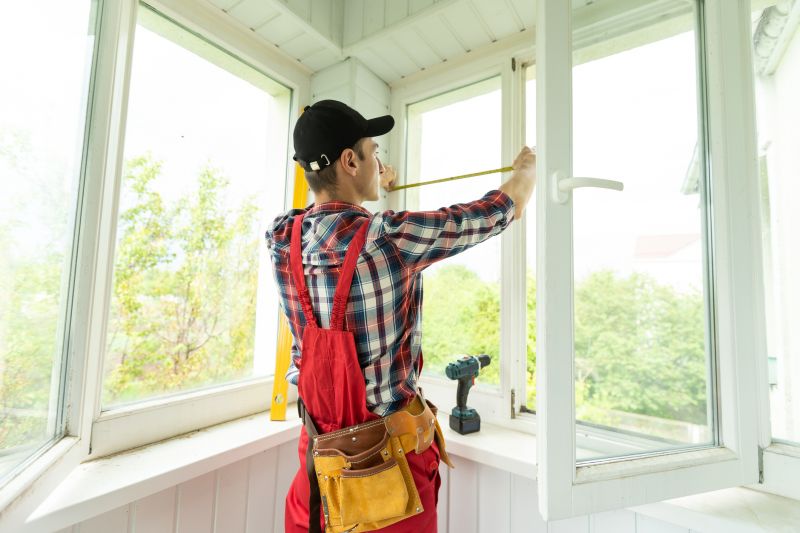
Little measurements that prevent headaches on Concrete Installations day.
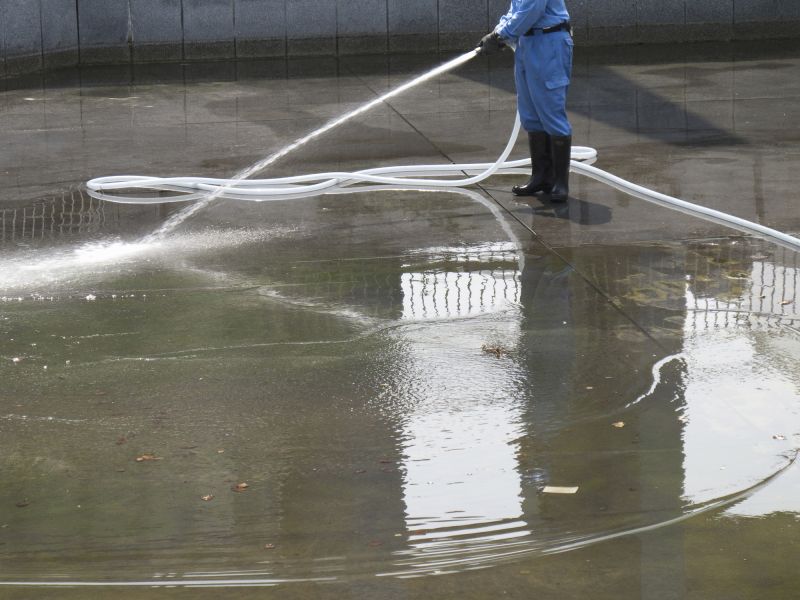
A 60-second routine that keeps Concrete Installations looking new.
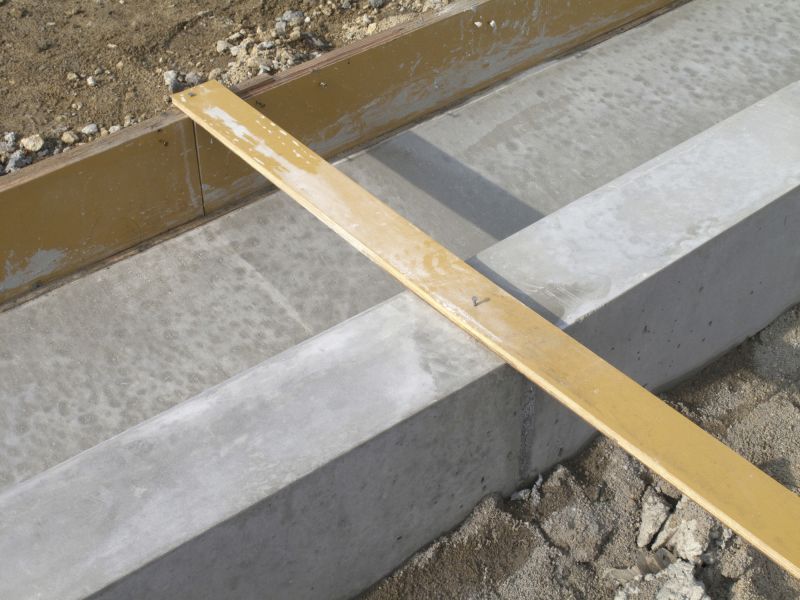
A frequent mistake in Concrete Installations and how to dodge it.
| Season | Advantages |
|---|---|
| Spring | Moderate temperatures and less rain |
| Summer | Longer daylight hours, but watch for heat |
| Fall | Cooler weather and stable conditions |
| Winter | Generally not recommended due to cold temperatures |
Concrete installations require precise timing to ensure optimal curing and strength development. Weather plays a crucial role in the success of a project, impacting the curing process and final appearance. Proper planning around seasonal and daily weather patterns can help avoid issues such as cracking, surface defects, or delayed setting. In regions like Lithonia, Georgia, where weather can vary, selecting the right season ensures the longevity and quality of concrete surfaces.
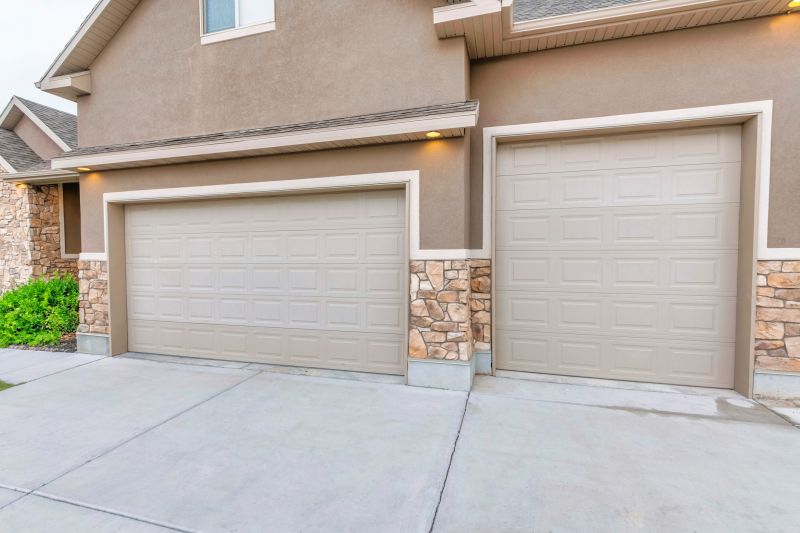
Small tweaks to make Concrete Installations safer and easier to use.
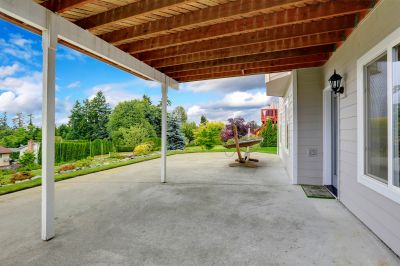
Lower-waste or water-saving choices for Concrete Installations.
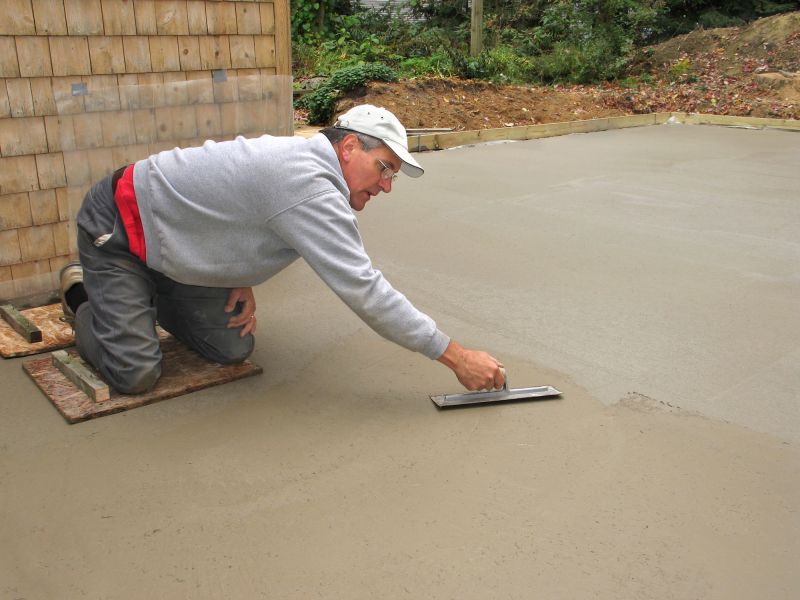
The short, realistic tool list for quality Concrete Installations.
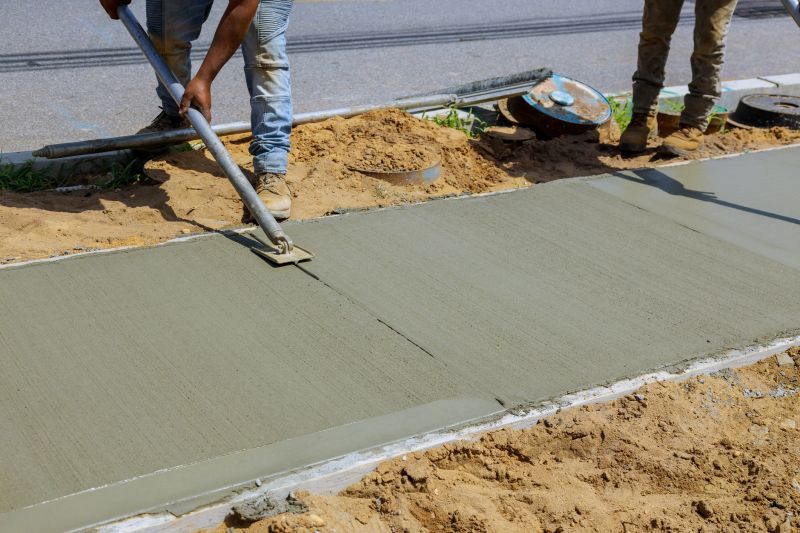
Rough timing from prep to clean-up for Concrete Installations.

Quick checks and paperwork to keep after Concrete Installations.
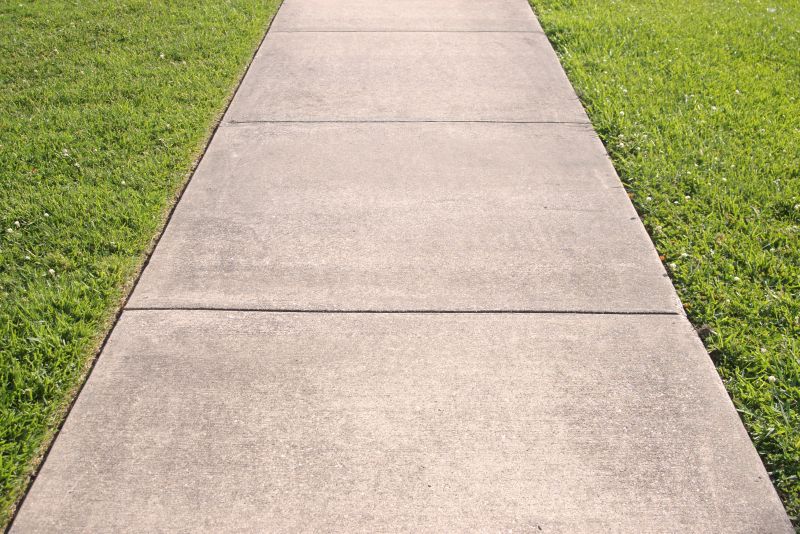
Examples that show the impact a good Concrete Installations can make.
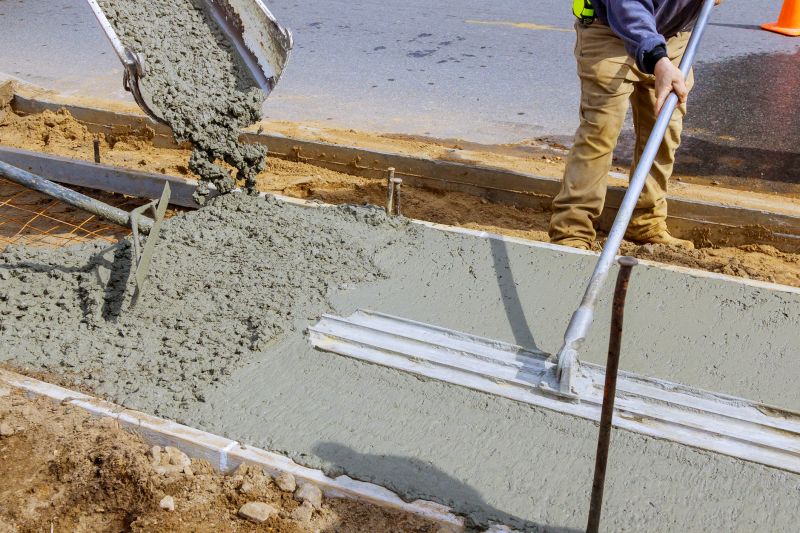
Ways to make Concrete Installations work in tight or awkward layouts.
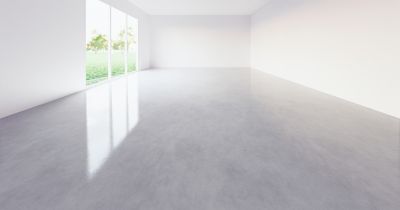
Ways to make Concrete Installations work in tight or awkward layouts.
Choosing the right time for concrete installation can significantly influence the project’s durability and appearance. Planning during periods of stable weather minimizes risks and ensures the concrete cures properly. For projects in Lithonia, GA, understanding local climate patterns can help schedule installations for optimal results.
Interested in scheduling a concrete installation? Fill out the contact form to get more information and plan your project at the right time.


